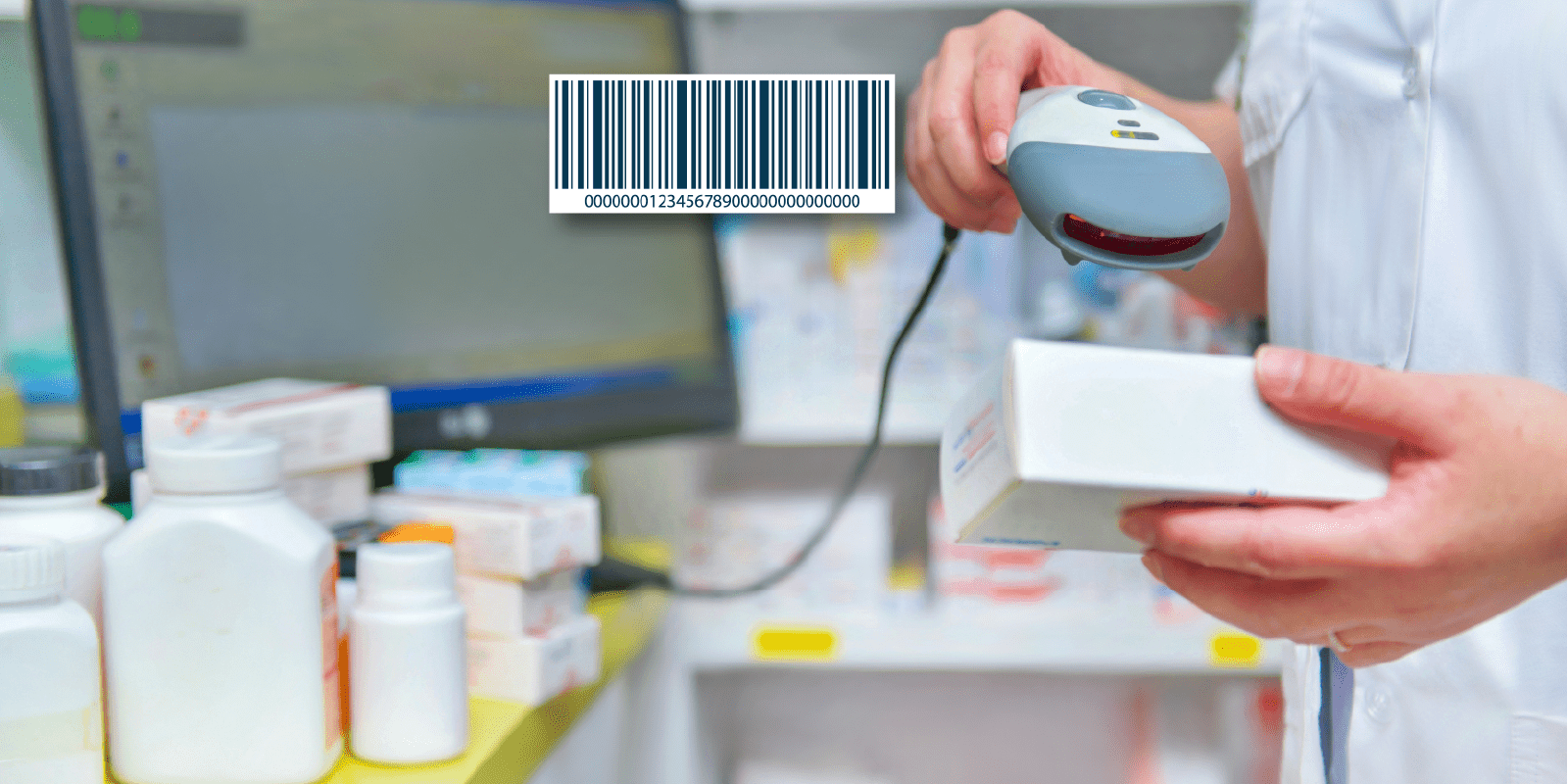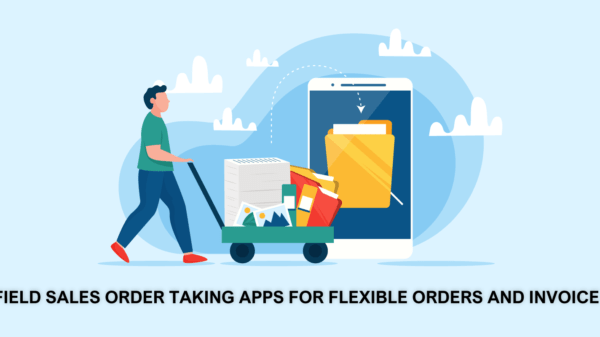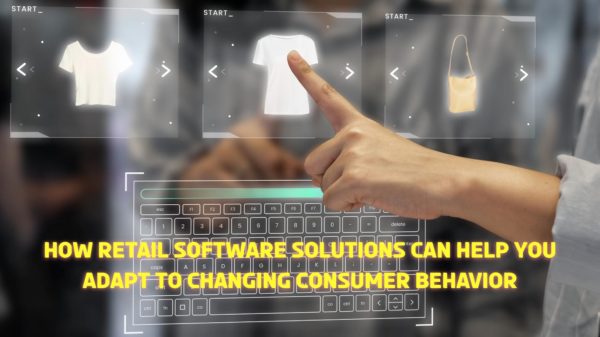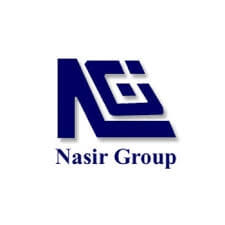What is a barcode?
Barcode constructed by an image that consists of a series of few numbers and parallel black and white bars of Morse code. That can be read by a barcode scanner only. But today there are tons of variations in the barcode. They are also constructed by various patterns and shapes like dots, concentric circles, hidden in images, etc.
Barcodes are attached to products to easily and swiftly detect them. Among so many useful, barcodes are usually used in various types of retail stores to help the purchasing process, to track in warehouses, and also for managing inventory items. It also helps with accounting by invoices.
Generally, barcodes are such things that we see every day almost tagged with every item in various stores. But often we don’t give much attention to it, though for general people is nothing but horizontally placed, intermittent series of thin and thick black lines with random numbers stacked underneath them and placed on the back of products we accept to buy. But in reality, this is the key of run your retail stores so smoothly.

What is a barcode scanner?
A barcode scanner (which we also called a barcode reader) also called a point-of-sale (POS) scanner or a price scanner is a stationary input device that is used to capture, decode and read the information contained in the barcode. Usually, a barcode scanner contains these four parts:
- Light source: This component helps to read and decode the data contains in the barcode accurately.
- Lens: This part helps to scan images of the barcode.
- Photoconductor: converts optical impulses into electrical ones.
- Decoder: analyzes data of the barcodes and sends this information to the scanner’s output port.
After capturing an image, barcode scanners connect to a host computer or tablet and transfer that data/information in actuality. This helps automate the data collection processes and human errors and speed up works like inventory tracking, processing point of sale transactions, and also managing assets.
How do barcodes work?
A barcode is a format for encoding data or information into its visual form which a machine can read only. May this make sounds so easy but it’s not that kind of simple thing. Generally, a series of black and white strokes which could be thin or wide (both types) gathered together and made a barcode, each line representing a number. Visually the barcode looks like a 12 (twelve) digit numbers section but while scanned by a computer, it’s actually scanning through a series of 95 (ninety- five) evenly spaced columns.
When an item for consumption arrives at the store, the barcode of that product is scanned by the barcode reader, and the scanner will read the pattern of white and black bars by the systems and translate this pattern into a readable line. This also scans the price for that particular product which is matched to its code.
Computers only can understand the binary language, which is 1(Ones) & 0 (zeros). Though a barcode for each 95 section, it will identify either one (as black) or zero (as white). So after scanning that long series the computer can declare a number that is 95 digits long and made in a binary form of course.
In the end, that binary forms numbers (ones and zeros) are divided into 15 different grouped sections; among them, 12 sections are used for the numbers that will display at the bottom of the barcode, with the rest 3 other sections acting as “guards” – among them two placed at each end and one in the middle.
After the purchase is ready at the counter, the scanner reads the codes and translates them, and the price of this product will automatically add to the purchase receipt.
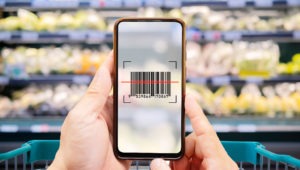
Reduction in Human Errors
In the apparel industry, Manual errors by a human are very common things. Because this industry has to maintain various kinds of items available in various types of shapes, sizes, shades & prices. Barcodes system remove the possibility of human errors. Barcodes track the accurate data and there is no chance to mistake manually collected information or data could be misjudged or misplaced by their employee.
Accuracy and speed
A barcode system is fast and trustworthy and it takes really less time than entering data manually. Using a barcode system eases employee training time which made their training less expensive. They don’t have to pay for extra training time. And there is no need to train them with other experienced employees and waste the time of both.
Meanwhile, the data is scanned directly on the chief computer, so it is ready almost immediately. This ensures that there is no risk for mistakes and time will not be wasted on any kind of data entry or retrieval.
Cost-efficient
Barcodes are very reasonable to design and print. They can be customized economically, in a diversity of finishes and materials. This is quite inexpensive according to its usefulness.
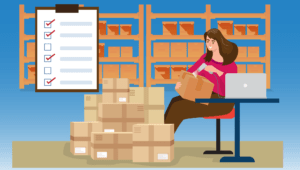
Ease in Learning for Employees
Generally, maintaining the inventory manually is a very much tough job. There also have to manage the pricing, discounts, and various offers yet handling altogether by hand is very complex and also has the risk of do errors. Barcode systems make it easier for the employee and they also save their time effortlessly.
Barcodes are extremely versatile
Barcodes may contain or make use of any kind of required data gathering. This could include information on prices or other inventory data. Although barcodes may be applied to any surface, they can also be used to track any kind of shipment and equipment in addition to products or info.
Better Control of the Inventory
Proper tracking of inventory is very necessary for any kind of business because there has to give attention to lots of things in their product. The barcode system makes it possible to give attention and track inventory so precisely. It saves lots of time to track items’ location in just a second! So that employee should not waste their time searching for it.
Barcodes promote better decision-making
With the help of a barcode system, data is obtained so precisely and accurately. Whenever you have the right data in your hand, so it becomes so easy to make any decisions more efficiently and perfectly. Perfect decisions can save both money and time.
Final Thoughts
Hence it is very essential to have a bar-coded inventory system with a point-of-sale system for every retailer. In today’s competitive environment, it is very necessary to cope with every advanced system which could ease your work process and help to improve your business with minimum costing range and time.
A Barcode system not only improves your business in the various sectors but also equips the retailer to be more successful. It also helps to do your business more efficiently and speed up your work process. So as we can see, there are only positive vibes to having a barcoding system in your inventory so there is nothing to think twice to implement this system in your retail store.


